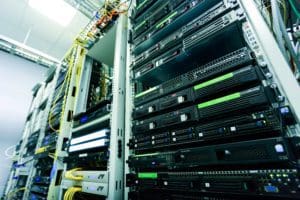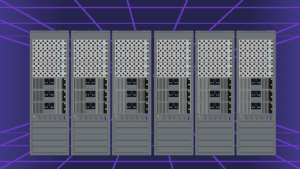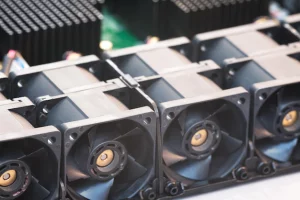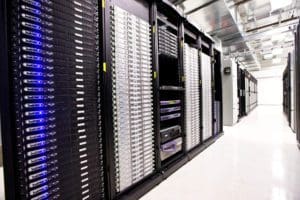Server racks are the backbone of any data centre, and optimising them is essential for maximising performance and energy efficiency. At EziBlank, we understand the critical role that innovative airflow management plays in protecting your valuable IT assets and reducing operational costs. Our top-quality blanking panels are engineered for swift installation and unrivalled effectiveness, ensuring your server environments operate at peak performance. Discover how EziBlank can enhance your infrastructure investment and streamline energy monitoring today!
What Is A Server Rack Used For?
A server rack is a critical component in the organisation and management of IT infrastructure within data centres. These racks are designed to house servers, networking equipment, and other hardware in a structured and efficient manner, allowing for optimal use of space and easy access for maintenance and upgrades. By keeping servers and equipment neatly arranged, server racks facilitate effective cooling and airflow, which is essential for preventing overheating and ensuring reliable operation. Additionally, server racks help in cable management and provide a level of physical security, making them indispensable for maintaining an organised and efficient data centre environment.
Read More
How Are Server Racks Measured?
Server racks are measured primarily in terms of their height, which is expressed in units known as "rack units" or "U." Each rack unit corresponds to 1.75 inches (44.45 mm) of vertical space, and standard server racks typically range from 42U to 48U in height, though smaller and larger sizes are available. The width and depth of server racks are also important, with most racks being 19 inches wide to accommodate standard equipment sizes, while depth can vary to support different types of hardware. Understanding these measurements is crucial for ensuring that all servers, networking devices, and other components fit properly within the rack, allowing for efficient use of space and optimal cooling.
Read More
How airflow works inside of a server
Airflow inside a server is meticulously designed to ensure that the hardware operates within safe temperature ranges, which is critical for maintaining performance and preventing overheating. Cool air is typically drawn in from the front of the server through intake fans, passes over the heat-generating components such as the CPU, memory, and hard drives, and is then expelled as hot air through exhaust fans at the back of the server. This controlled airflow ensures that each component receives the cooling it needs. Effective airflow management within the server, complemented by data centre solutions like blanking panels, helps maintain optimal operating conditions, extends the lifespan of the equipment, and reduces the overall energy required for cooling.
Read More
Everything you need to know about a Server Room
A server room is a specialised space designed to house computer servers and related equipment, playing a critical role in managing and supporting an organisation's IT infrastructure. These rooms are meticulously controlled environments where temperature, humidity, and airflow are carefully managed to ensure optimal performance and longevity of the servers. Key elements of a server room include server racks for organising hardware, cooling systems to prevent overheating, uninterruptible power supplies (UPS) for continuous power, and robust security measures to protect sensitive data. Proper planning and management of a server room are essential for maintaining the reliability and efficiency of the IT systems that businesses rely on daily.
Read More
The Ultimate Guide to Data Centers
Data centres are the backbone of the digital world, housing the servers and networking equipment that power everything from websites to cloud computing services. A well-designed data centre must balance performance, efficiency, and security, with key considerations including location, infrastructure, power supply, cooling systems, and security measures. Effective airflow management, such as the use of blanking panels and hot/cold aisle containment, is essential for maintaining optimal temperatures and reducing energy consumption. Additionally, data centres must incorporate robust backup systems, such as uninterruptible power supplies (UPS) and generators, to ensure continuous operation in the event of power failures. As businesses increasingly rely on digital infrastructure, the role of data centres continues to expand, making it crucial to optimise their design and operations for reliability, efficiency, and scalability.
Read More
